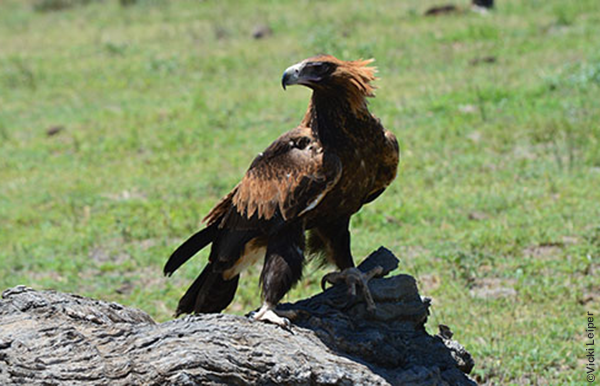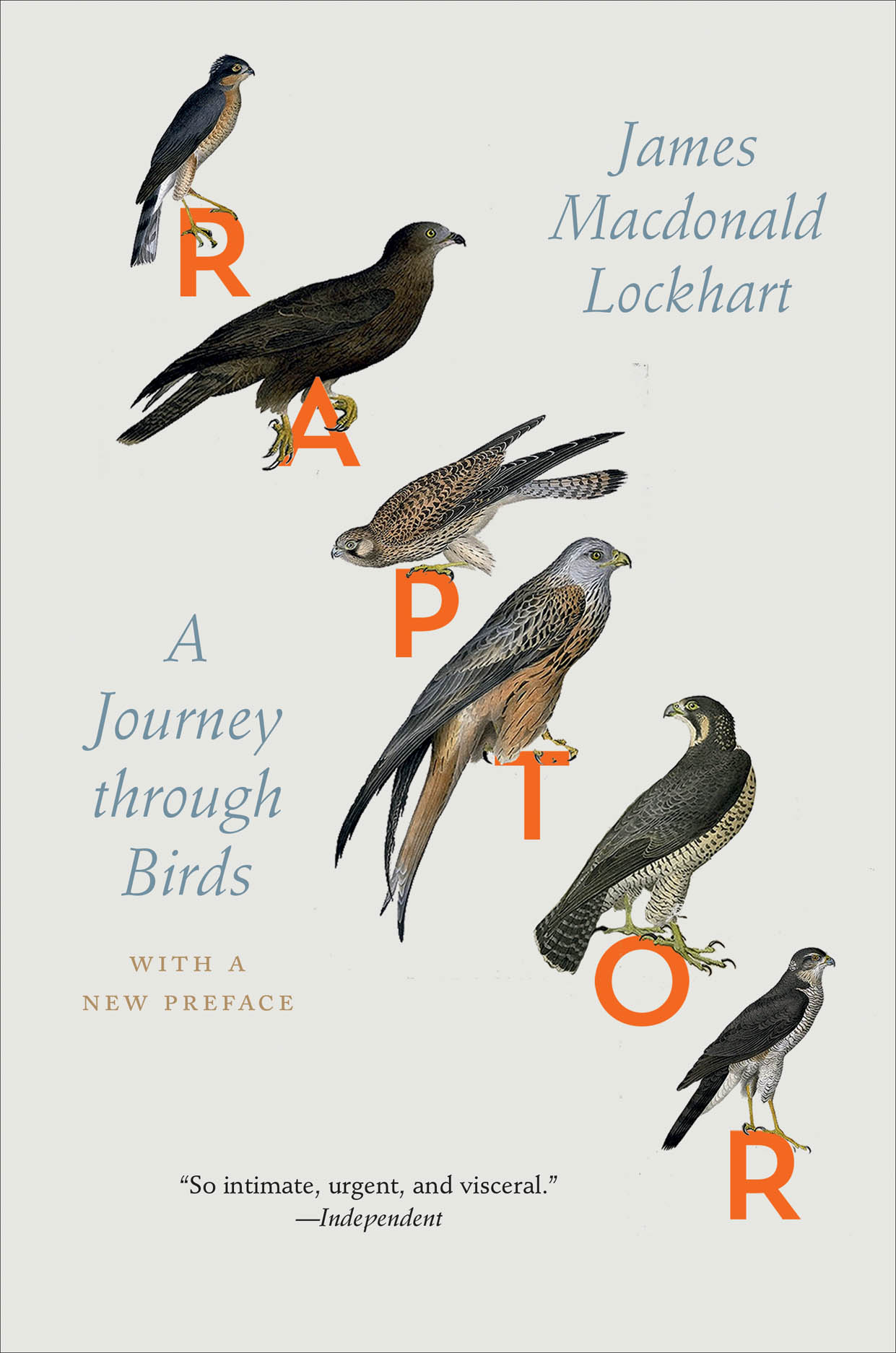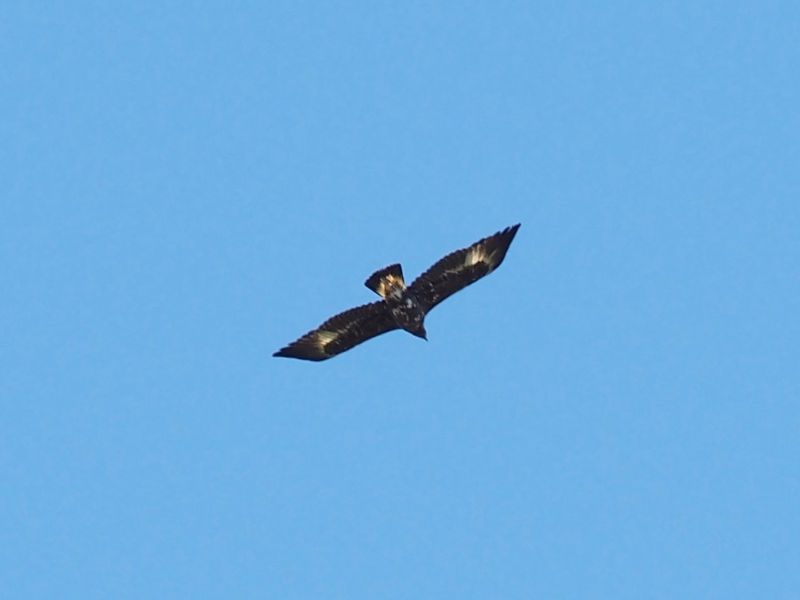
An owl has the ability to fly without being heard because their wings are coated in soft feathers which creates fluffy-edges. Once an owl has been able to hear and subsequently spy their prey, owls then can swoop down completely silently. The reason for this asymmetricity is to allow owls to triangulate sound in order that they can more accurately identify where prey and predators are located, as vision is often restricted due to darkness.įurthermore, an owls’ face is shaped like a bowl to maximise the acoustic-impact and ensure they can get the highest quality sound directly to their ears. Owls ears are not positioned symmetrically on either side of their heads, one is in fact higher than the other.

Owl With a MouseĪn owls’ head have not only been adapted to increase vision but also to improve their ability to hear. Owls, therefore, do not have the problem that most other raptors have of reduced vision when looking to their left or right. Owls can turn their heads 270 degrees rather than the more limited turning circle of the raptors, at a mere 180 degrees. They do, however, have highly attuned full-colour sharp vision which provides them with excellent depth perception and therefore allows them to easily spot moving objects.ĭue to the position of an owl’s eyes, owls are not able to look to their left and right, but this isn’t going to stop the well-adjusted owls from being able to see everything around them. Raptors, on the other hand, do not have the advantage of excellent night-vision. The shape and size of an owls’ eyes are perfectly designed for hunting at night, therefore meaning that owls are able to see prey despite the surrounding darkness. Owls’ eyes are very large, much bigger than their raptor cousins, and they are elongated, and barrel-shaped with a concentration of rods allowing maximum light to penetrate the eye. Owls’ eyes are positioned on the front of their face, meaning that they can take advantage of binocular-like vision, this is different to the majority of raptors who have eyes on the side of their heads. Owls have evolved to ensure that they are “best in class” when it comes to night-time hunting, we’ve detailed some of these unique features below. Owls ability to hunt at night is their key distinguishing factor. The terms owl and raptor have become conflated in everyday speech as owls and raptors possess many similar traits. Therefore, owls are often called raptors even though this is not strictly correct. Why are owls called raptors, and what does not make an owl a raptor? The crucial difference between owls and raptors is the time of day that they are active, for owls, this is the night-time as they are nocturnal, in other words, they do the “night-shift” for their raptor cousins, who are generally diurnal (active during the day-time). Raptors generally include (hawks, eagles, falcons and vultures). The word raptor is derived from the Latin word ‘raptare’ meaning “to seize and carry off”. So, in short, an owl would be considered a bird of prey but not a raptor.

Owls can then be categorised into two further classes: Tytonidae (barn owls) and Strigidae (true owls).

Are owls birds of prey?īirds of prey, according to the Encyclopedia Britannica are classified in two orders Falconfirmes (raptors) and Strigiformes (nocturnal birds of prey, owls). The key distinguishing factor between raptors and owls is the time of the day at which they are active, owls are active at night-time (nocturnal) and raptors are active during the day (diurnal). Owls are not considered raptors and they do not make up part of the raptor family as they are part of a distinct order.


 0 kommentar(er)
0 kommentar(er)
